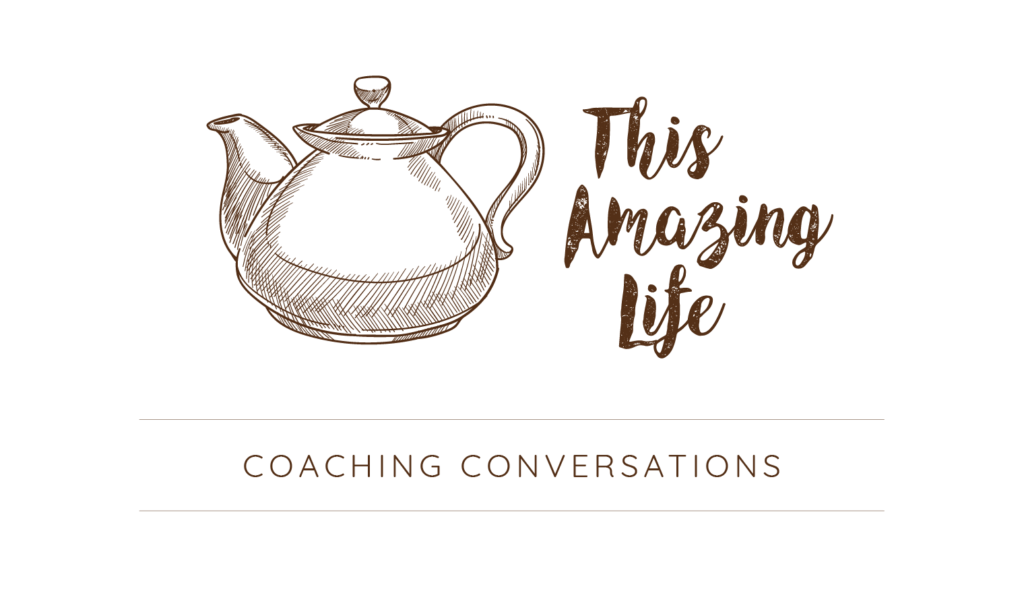In our culture we seem to be afraid of sadness, and we do not have enough words to describe the wistful and bitter-sweet nuances of this soulful emotion. All too often we are left with one word: depression. While one in 5 people may experience depression at some point in their lives, everyone feels sad from time to time—and sadness is not a medical condition. It is part of the wide emotional range that we humans are capable of experiencing.
Everyone knows that things don’t always work out the way we want, and learning to bear our own losses and disappointments is a crucial skill in learning how to be happy.
A time of sadness offers many opportunities. It may indicate a period of transition, a shift in our identity or a call for down-time. It is a fruitful time for reassessing goals and habits, developing compassion and learning to embrace the contradictions and mysteries of a rich inner world.
Rather than automatically assuming sadness means something is wrong, it is useful to get to know the landscape of melancholy. Then we are better able to notice the signposts along the way and take appropriate actions such as those outlined in Karen Masman’s book The Uses of Sadness. In this way we encourage sadness to move more fluidly through its natural cycle rather than freezing into depression.
This practical and insightful book is filled with stories and suggestions built around a seven-phase cycle of soulful sadness, beginning with the deeply misunderstood experience of longing. Sadness often announces its arrival with an indefinable sense of longing and when this experience arises people often say, ‘I feel lonely, I feel depressed’. But longing, as opposed to desire or craving, is not a sign of something going wrong. While it contains a wistful ache it also contains beauty and it can be trusted to lead us forward.
The phase of longing is quickly followed by the ‘liminal’ experience of not knowing. Here, our old strategies for feeling happy are no longer working, but the new ones are not yet in place and we have to admit that we are ‘betwist and between’, and that we just don’t know. Accepting this, we are drawn to quietude, and deep listening becomes possible. The noisy party leaves us feeling even sadder—it’s time for some down-time. Inevitably following a period of sincere listening is a turning point—perhaps a very ordinary yet sparkling moment that catches our attention—something someone says, something you see, an insight. The result of taking hold of such a turning point is that we grow a little bigger inside and are better able to embrace the contradictions and shades of grey in life. Then, in the final phases of sadness we are drawn to examine our values, habits and goals. We think about what we may want to do differently and the world begins to call us to active engagement once again–ideally bringing with us whatever has been gained in the crucible of sadness. Until, of course, things don’t go according to plan and the cycle offers itself again.
Everyone is different. Our emotions and inner world are not linear and do not follow a rigid formula. This seven-phase cycle is not a recipe for keeping our emotional backyard all neat and tidy. In some way sadness always undoes us no matter how familiar we may be with the territory. That’s the source of its power. But taking the time to get to know the changing landscape as a cycle of sadness plays out offers us ways of relaxing into all our emotions and gradually transforming life’s fruity mix into wisdom.
Karen Bedford
